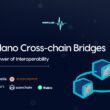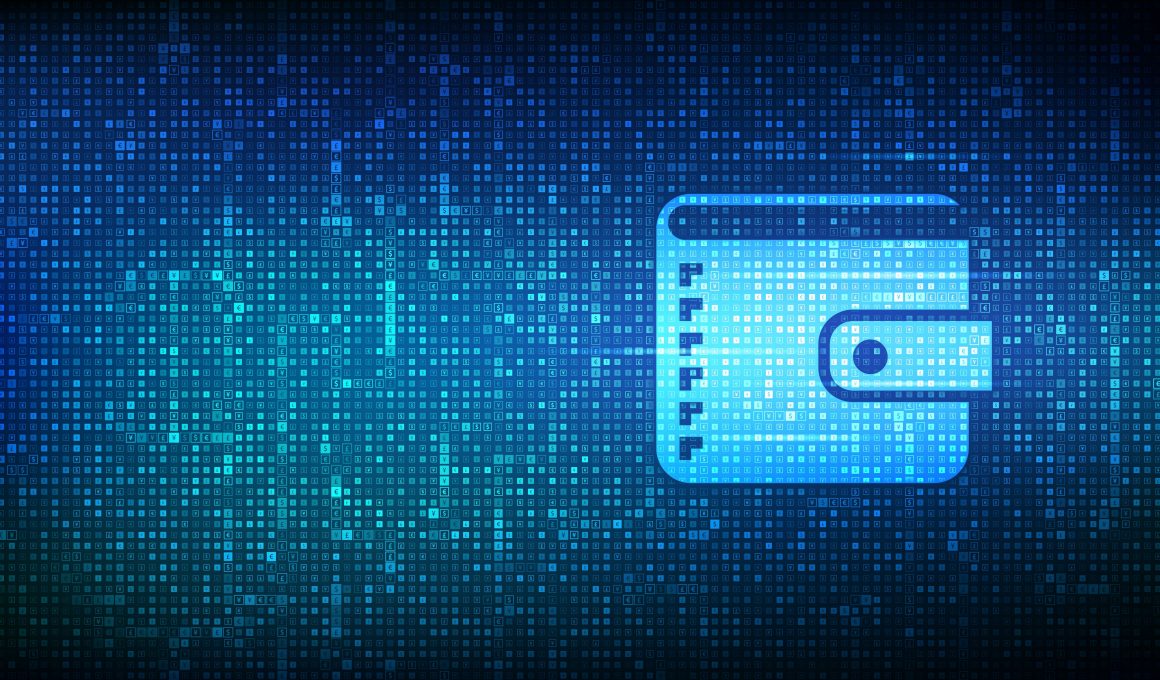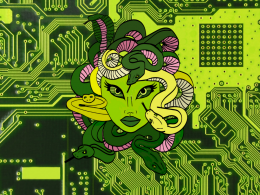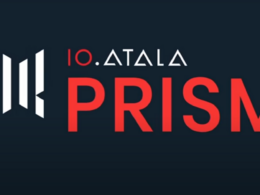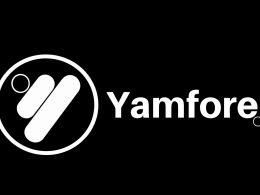Cardano was intended as a global decentralized operating system. As a third generation blockchain, it was designed for global usability, rather than a p2p (peer to peer) cryptocurrency, with a programmable and low transactional cost platform for scalability.
The Goguen era will deploy Cardano to its full potential. Plutus programming will give the network the functionality needed to develop DeFI (decentralized finance), DApp (decentralized applications) and DId (decentralized digital identity).
By connecting your wallet to a platform, and with a simple click, you will be able to buy a ticket to a rock concert, an Airbnb accommodation, acquire non-fungible tokens, exchange coins from other blockchains interoperable with Cardano, or even participate in web-based games using NFTs as avatars.
In this sense, the platform ceases to be a traditional website and becomes an application.
But beyond this simplification in use, there is also a need for interface security.
This team of developers understands the problem, and that is why they thought of this plugin, which brings this concept of usability and security closer.
But to understand the importance of the proposal I am about to explain, first I want to tell you how we got here.
The primitive Web, the Web 1.0 of the 20th century, was characterized mainly by being unidirectional and based on static content. Web 1.0 had a mainly informative character, and so documents and mainly cultural information began to be published on the Internet.
Web 2.0 developed in the first decade of this century. Also called “the social network”, full of blogs, wikis, forums and finally, social networks. The objective of Web 2.0 was the comparison of knowledge, it was the collaborative Web. Twitter, Facebook, Wikipedia, among other networks, were born as emblems of it.
Web 3.0 is the Semantic Web, the Web of the cloud, the Web of applications, and the multi-device Web. The Semantic Web is an extension of the Web, which facilitates the location of resources, communication between systems and programs, which help to manage our daily lives, it is the Web genesis of artificial intelligence.
The “old” Web2 platforms for storage, music and hosting services are being transformed into Web3 applications, incorporating self-management tools.
In the case of the blockchain industry, DApps (decentralized applications) require a Web3 wallet to interact. The DeFi ecosystem was the first requirement, and the pioneer was Metamask.
What is Metamask?
MetaMask is a wallet, and at the same time, a tool to interact with DApps. User interaction with blockchain DApps such as Ethereum’s requires a bridge, and that is precisely what MetaMask does.
MetaMask is an extension, or plugin, for web browsers that allows users to easily interact with Ethereum blockchain DApps.
Thanks to this, users are able to easily use such distributed applications and all in an integrated way from their favorite browser.
MetaMask relies on Web3.js, a library that is part of the official Ethereum development, to enable the creation of Web applications that interact with the Ethereum blockchain.
To accomplish both tasks, MetaMask establishes a communications channel between the extension and the DApp in question. Once the application recognizes that MetaMask is present, it is enabled and can be used by the user.
Once the DApp is enabled, the user can perform any and all actions or events allowed by the DApp. From buying or selling tokens, to accessing resources, or any service provided by the DApp. Each and every one of these actions has a cost, one that must be paid in Ethereum or in the token indicated for it. In either case, MetaMask has the necessary tools to handle such interaction.
In other words, MetaMask not only generates a cryptocurrency wallet, but also manages each user interaction with the DApp, and performs the necessary operations for such transactions to take place. All of this is carried out in a secure communication medium and with the use of strong cryptography. MetaMask has the ability to generate its own asymmetric keys, store them locally and manage their access. Thanks to this, MetaMask is a highly secure extension.
What Will it Look Like on Cardano?
Interaction with the Cardano Blockchain, from websites, is currently very limited, and involves the process of copying and pasting addresses, which increases the possibility of errors, as well as user inconvenience.
Similar to Metamask, this proposal proposes to develop a connector, as a Chrome extension, that will allow communication between wallets and DApps.
But unlike MetaMask it is not a wallet.
The design will be analogous to that used by Yoroi, in its extension version, and is useful, not only for smart contract support, but will also enable use cases for stake pools, for example having a “delegate to me” button, when logging into websites using Cardano identity.
- To do this, it is first necessary to define an API (*), and get it approved as a Cardano enhancement proposal.
- Then, integrate this connector into an existing wallet, such as Yoroi.
- Release an initial version, where transactions support both user assets and metadata.
- Finally, prepare the work for future Plutus support.
(*)API (Application Programming Interfaces) is a set of definitions and protocols to integrate software from different applications, allowing communication between them.
Undoubtedly, a real development challenge. However, there is a team and a pretty good one based off their previous work in the ecosystem.
The Team
After working at Microsoft, Sebastien joined EMURGO (Consensys of Cardano) as the VP of Engineering & Cardano Product Manager where his team built products that grew to 6-digit active user counts and lead development of SDKs used by large companies like Coinbase.
Nicolas has experience both founding and advising many successful startups during his career. He was previously the CTO for EMURGO (Consensys of Cardano) and currently serves as a Board Member at the Cardano Foundation and a Senior Investment Advisor for SOSV.
Robert started as a fellow in dLab (blockchain accelerator program) and subsequently joined the Ergo Foundation as a board member as well as EMURGO (Consensys of Cardano) as Head of Research where he developed design patterns and smart contracts that handle millions in assets.
Currently, the three developers have started their venture, dcSpark.
Budget
Funds requested, USD 30,000.
Funds requested are $30,000 USD. At this point, there isn’t a breakdown of the cost within the proposal.
If you’d like to know more about the proposal, check out the link to the Catalyst FUND5: Cardano Connector (Metamask-like).



